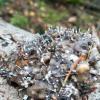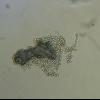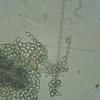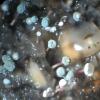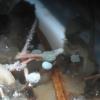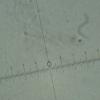
29-10-2020 17:28
Juuso ÄikäsThere were plenty of these growing on decaying Bet

29-10-2020 13:18
 Edvin Johannesen
Edvin Johannesen
These black discs were growing along with Calycell

28-10-2020 17:28
Thorben HülsewigHi there, Some days ago I found these hyaloscypha

28-10-2020 21:39
 Joop van der Lee
Joop van der Lee
MycoBank has changed the current name for Trichode
ONBEKEND
Dirk Baert,
30-10-2020 22:21
Dit gevonden op iets dat uitgebraakt is door vogel of ander dier?
Kan iemand mij helpen?
Grt Dirk
Przemyslaw Drzewiecki,
30-10-2020 23:05
Re : ONBEKEND
Hej. Prawdopodobnie anamorfa Claussenomyces olivaceus. Pozdrawiam - Przemek
Dirk Baert,
30-10-2020 23:25
Re : ONBEKEND
Thanks,
ik vond de naam Penicillum vulpinum op vossenuitwerpselen.
ik vond de naam Penicillum vulpinum op vossenuitwerpselen.
